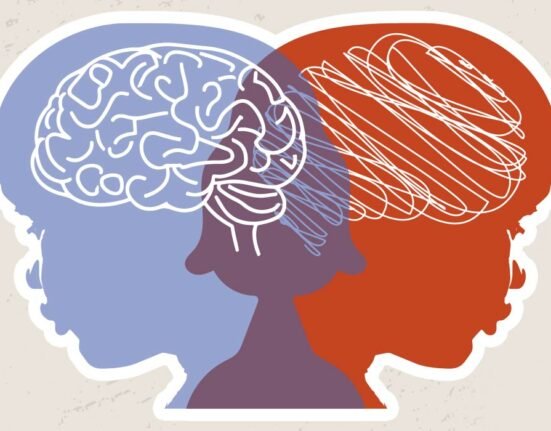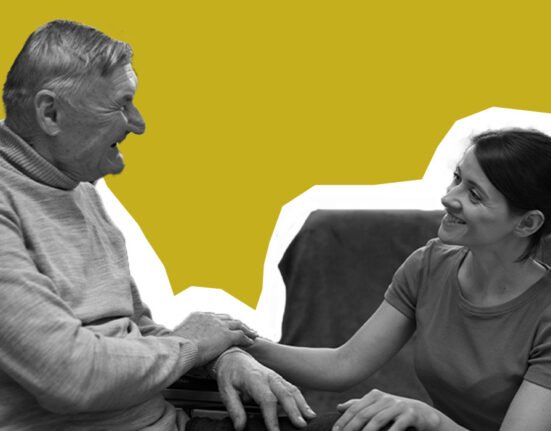AUTISM is neither a puzzle nor a disease. Autism is a challenge but certainly not a devastating one. Autistic children may not fit into your box of thoughts but they can help you realize that there is ‘NO BOX’.
It is believed by many professionals and researchers that Autism is a lifelong, developmental disability that affects how a person communicates with and relates to other people, and how they experience the world around them. Autism is defined as developmental disability that can cause significant social, communication and behavioural challenges.
By understanding Autism Spectrum Disorder, affected children can be brought out of it using Cognitive Behavior Therapy approach through early intervention.
Symptoms of Autism Spectrum Disorder:
A person with ASD might:
• Not respond to their name by 12 months of age
• Not point at objects to show interest (point at an airplane flying over) by 14 months
• Not play “pretend” games (pretend to “feed” a doll) by 18 months
• Avoid eye contact and want to be alone
• Have trouble understanding other people’s feelings or talking about their own feelings
• Have delayed speech and language skills
• Repeat words or phrases over and over (echolalia)
• Give unrelated answers to questions
• Get upset by minor changes
• Have obsessive interests
• Flap their hands, rock their body or spin in circles
• Have unusual reactions to the way things sound, smell, taste, look or feel
Typical infants are very interested in the world and people around them. By the first birthday, a toddler interacts with others by looking people in the eye, copying words and actions and using simple gestures such as clapping and waving “bye bye”. Toddlers also show interests in social games like peek-a-boo and pat-a-cake. But a young child with an ASD might have a very hard time learning to interact with other people.
Social issues related to ASD:
• Does not respond to name by 12 months of age
• Avoids eye-contact
• Prefers to play alone
• Does not share interests with others
• Only interacts to achieve a desired goal
• Has flat or inappropriate facial expressions
• Does not understand personal space boundaries
• Avoids or resists physical contact
• Cannot be comforted by others during distress
• Has trouble understanding other people’s feelings or talking about their own feelings
Communication issues related to ASD:
• Delayed speech and language skills
• Repeats words or phrases over and over (echolalia)
• Reverses pronouns
• Gives unrelated answers to questions
• Does not point or respond to pointing
• Uses few or no gestures (e.g., does not wave goodbye)
• Talks in a flat, robot-like or sing-song voice
• Does not pretend in play (e.g., does not pretend to “feed” a doll)
• Does not understand jokes, sarcasm or teasing
People with ASD who do speak might use language in unusual ways. They might not be able to put words into real sentences. Some people with ASD say only one word at a time. Others repeat the same words or phrases over and over.
Unusual interests and behaviours related to ASD:
• Lines up toys or other objects
• Plays with toys the same way every time
• Likes parts of objects (e.g., wheels)
• Is very organized
• Gets upset by minor changes
• Has obsessive interests
• Has to follow certain routines
• Flaps hands, rocks body, or spins self in circles
Some people with ASD have other symptoms. These might include:
• Hyperactivity (very active)
• Impulsivity (acting without thinking)
• Short attention span
• Aggression
• Causing self-injury
• Temper tantrums
• Unusual eating and sleeping habits
• Unusual mood or emotional reactions
• Lack of fear or more fear than expected
• Unusual reactions to the way things sound, smell, taste, look or feel
.jpg)
People with ASD might have unusual responses to touch, smell, sounds, sights, taste and feel.
Limited evidence-based research is available for most of the behavioural and/or educational based programs. These approaches are particularly difficult to study using traditional research methods. It is difficult to control many factors that can interfere with or bias results. It is also often difficult to accurately reproduce any single intervention across settings.
One exception to this frustrating lack of evidence is the growing amount of success using early intensive intervention programs for children with ASD. Such programs generally involve many hours of therapy each week for children less than 5 years of age.
Many studies have shown that behavioural interventions can improve intelligence test scores, language skills, and academic performance of young children with ASD. Some studies have also shown improvement in behavior or personal and social skills.
Autism likely has deep genetic roots, but the latest research provides hope that some learning techniques can lessen the symptoms of the developmental disorder.
Ten years ago, autism was rarely detected before the age of 3 or 4. Now, more autistic children are being identified right from when they are toddlers. However, given all the emphasis on early detection, very little research exists on how to effectively treat children of such young age. Researchers proved that cognitive behaviour therapy techniques resulted in changes in their brains that made them “indistinguishable” from those of unaffected children of the same age — essentially normalizing them.
If we have to understand Autism Spectrum Disorder, it is also important to understand the traits contributed by several psychological and personality disorders such as the following –
ADHD – Contributes towards inattentiveness, impulsivity and hyperactivity
ODD – Contributes towards oppositional behaviours, defiance, stubbornness, anger issues, not learning from consequences and so on
OCD – Contributes towards fixations, repetitiveness, obsessive thinking, compulsive behaviours and seeking sameness
Anxiety – Contributes towards fear and nervousness and/or restlessness
Depression – Contributes towards their negative mood. Usually, there is a flat mood that is noticed in these children, which can be tipped off into negative mood without known stimulation.
Giftedness – Some of the children diagnosed with ASD have high Intelligent Quotient
Specific Learning Disorders – Learning happens in four ways – Rote memory, verbal reasoning, logical reasoning and comprehensive ability. As many of the children with Autism base their learning on rote memory, they tend to develop learning disabilities.
Tourette’s syndrome – Contributes towards neurological tics along with at least one vocal tic.
Developmental Coordination Disorder – Contributes towards poor coordination between core muscles, gross muscles and fine muscles.
Auditory Processing Disorder – Contributes towards delay in processing different sounds
Sensory Integration Disorder – Contributes towards hypo or hyper sensitivity of senses – skin, eyes, ears, nose and mouth
Figure 1 represents a typical child with no developmental delays and Figure 2 represents a child with Autism Spectrum Disorder. You can notice that all the parts of his / her body are functioning. Then, WHAT IS THE DIFFERENCE BETWEEN A NORMAL CHILD AND AN AUTISTIC CHILD?
.jpg)
In a normal child, their whole body and its functioning is in control of their brain. In an Autistic child, there is a delay in or inability of the brain to control functionality of different parts of the body.
By stimulating the brain through Cognitive Behaviour Therapy, a child’s symptoms of Autism Spectrum Disorder can be improved. The first 5 years of the child’s life is referred to as golden age. During this time whatever stimulation we try to provide to the child can be of added value and help them out of Autism.
The stimulation using cognitive behaviour therapy should lay its focus on all the areas of development, coordinating with all the child’s caregivers and by maintaining consistency. It is possible to follow a systematic approach of taking the CARS Assessment, offering treatment and re-evaluating the CARS Assessment to make sure a child is out of Autism Spectrum Disorder. If this approach is adapted by parents, therapists or other caregivers, majority of the children with Autism Spectrum Disorder can be functionally reversed from Autism Spectrum Disorder as per scale of CARS.
Every child is a unique individual with a unique learning style and abilities. Therefore, it is necessary to design comprehensive, individualized behaviour programs to meet the specific needs of each child and his/her family.
“Autism can be functionally reversed using cognitive behavior therapy through early intervention”












Leave feedback about this